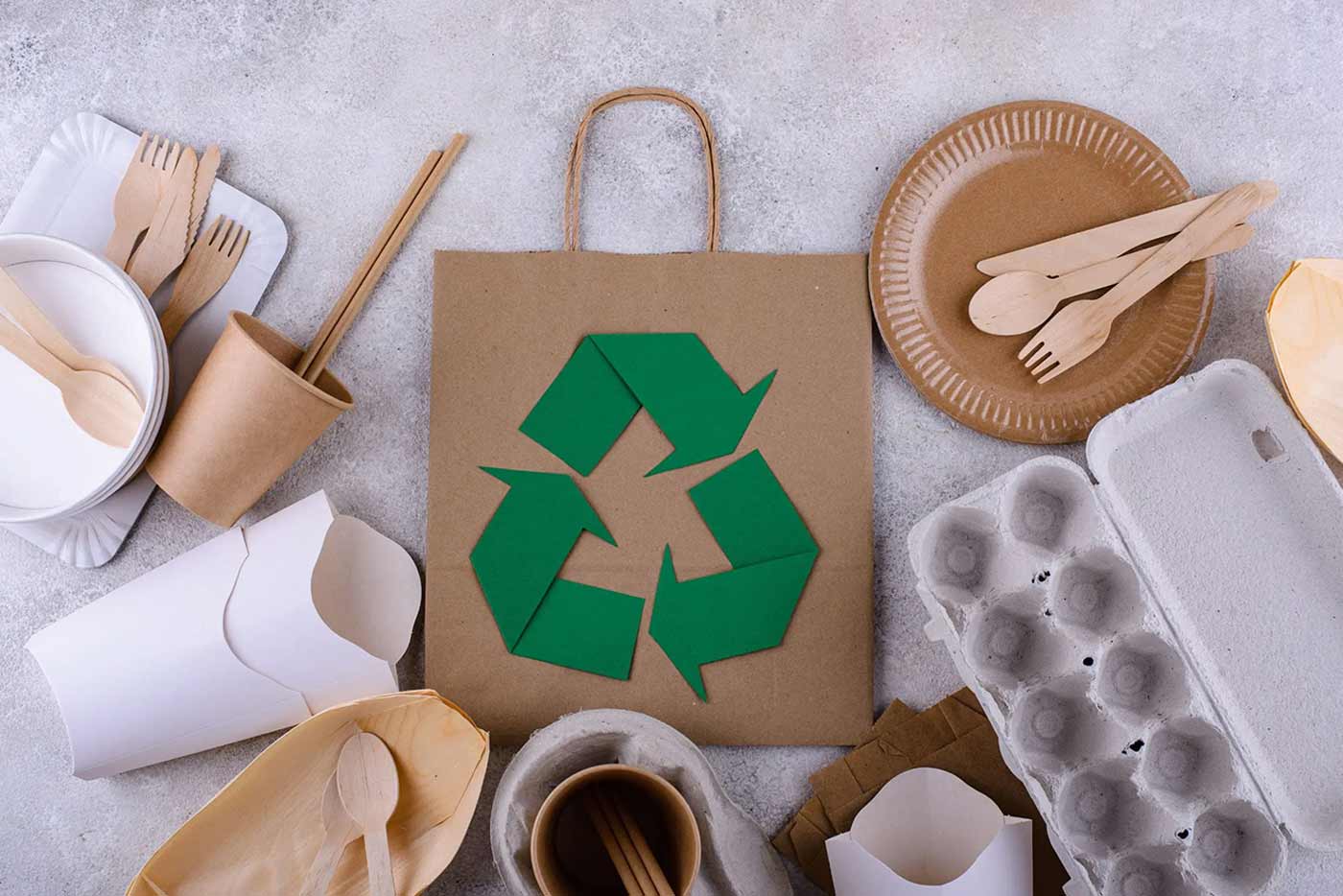Waste Reduction through Product Design
Reducing waste through product design is not only an environmental strategy but also a powerful competitive advantage for companies committed to sustainable innovation. By incorporating ecological design principles from the earliest development stages, we can minimize the environmental impact of our products throughout their entire life cycle, optimize costs, and strengthen our connection with increasingly environmentally conscious consumers.
What is Ecodesign and Why Is It Key in Waste Management?
Ecodesign involves integrating environmental criteria into product conception and development, aiming to minimize resource consumption and waste generation without compromising functionality, quality, or aesthetics.
This approach allows us to:
- Reduce the amount of materials used
- Extend product lifespan
- Facilitate repair, reuse, and recycling
- Lower the carbon footprint in production and transportation
Through ecodesign, companies not only comply with environmental regulations but also create more efficient, cost-effective, and attractive products for a committed audience.
Modular and Detachable Design: Key to Reuse
A fundamental principle in sustainable design is modularity, which enables products to be created with components that are easy to disassemble. This facilitates:
- Quick repair of defective parts
- Technological upgrades without discarding the entire product
- Recovery of parts for new uses
For instance, in the electronics industry, designing smartphones or appliances with independent modules allows for easier replacement of outdated components and extends the product’s useful life, thus reducing electronic waste.
Selection of Sustainable and Recyclable Materials
Material selection has one of the most significant impacts on waste generation. Therefore, we prioritize:
- Recycled materials (post-consumer plastics, recovered metals, recycled textile fibers)
- Biodegradable materials (bioplastics, cardboard, certified wood)
- Single-component materials, avoiding complex mixtures that are hard to separate during recycling
A successful example is the use of recycled PET plastic in packaging, which reduces reliance on virgin materials and lowers plastic pollution.
Packaging Minimization: Less is More
Packaging represents a significant percentage of consumer product waste. Therefore, we implement solutions such as:
- Reusable or refillable containers
- Reduced volume and weight of packaging
- Design with recyclable or compostable materials
- Single-material packaging to facilitate recycling
In addition, we ensure packaging serves multiple functions (protection, information, visual appeal) without overusing resources, and we design it for potential reuse in the consumer’s home.
Product Life Cycle Strategies
Rather than viewing a product as disposable after use, we conceive it within a circular life cycle, where each stage aims to:
- Avoid waste from the source
- Reintegrate materials into new production chains
- Efficiently reuse components
We use tools like Life Cycle Assessment (LCA) to identify environmental impact hotspots and make informed design decisions.
Design for Disassembly and Recyclability
Designing with the product’s end-of-life in mind is essential. Key principles we apply include:
- Screwed instead of glued joints, for easier material separation
- Clear component labeling, to guide recycling processes
- Avoiding combinations of materials that hinder recycling
This approach not only reduces waste but also lowers disassembly costs and improves material recovery rates.
Durable and Repairable Products: Fighting Planned Obsolescence
Durability and reparability are pillars of the circular economy. In our designs:
- We prioritize wear-resistant materials
- We include repair manuals and spare parts
- We encourage timeless designs that do not quickly go out of style
These actions reduce waste and build trust with our customers, who value transparency and responsibility.
Digitalization of Design for More Efficient Production
The integration of digital tools enables us to:
- Simulate the environmental impact of design before production
- Optimize material use through 3D modeling
- Apply additive manufacturing techniques (3D printing) with less waste
With computer-aided design (CAD) software and finite element analysis (FEA), we can predict product behavior under real conditions and adjust structures to avoid unnecessary resource use.
Success Stories in Waste-Reducing Design
- IKEA has redesigned products to use fewer screws and glue, promoting easier assembly/disassembly and recycling.
- Patagonia manufactures garments with recycled materials and offers repair services to extend their lifespan.
- Fairphone, the modular smartphone, allows easy component replacement and has drastically reduced the volume of e-waste from mobile devices.
These examples show how conscious design can generate economic, environmental, and reputational value for brands.
Business Benefits of Waste Reduction through Design
Adopting a sustainable design strategy offers clear advantages:
- Reduced production and logistics costs
- Compliance with environmental regulations
- Market differentiation
- Improved corporate image
- Access to certifications and new markets
Companies that lead this change become more resilient, adapting better to future regulations and consumer preferences.
Conclusion: Designing with Waste in Mind Means Designing for the Future
Reducing waste through product design connects sustainability, innovation, and competitiveness. In a context of increasing environmental and regulatory pressure, inaction is no longer an option. Sustainable design is not a passing trend—it’s the foundation of future products: efficient, responsible, and circular.
Designing for zero waste is designing for permanence.
